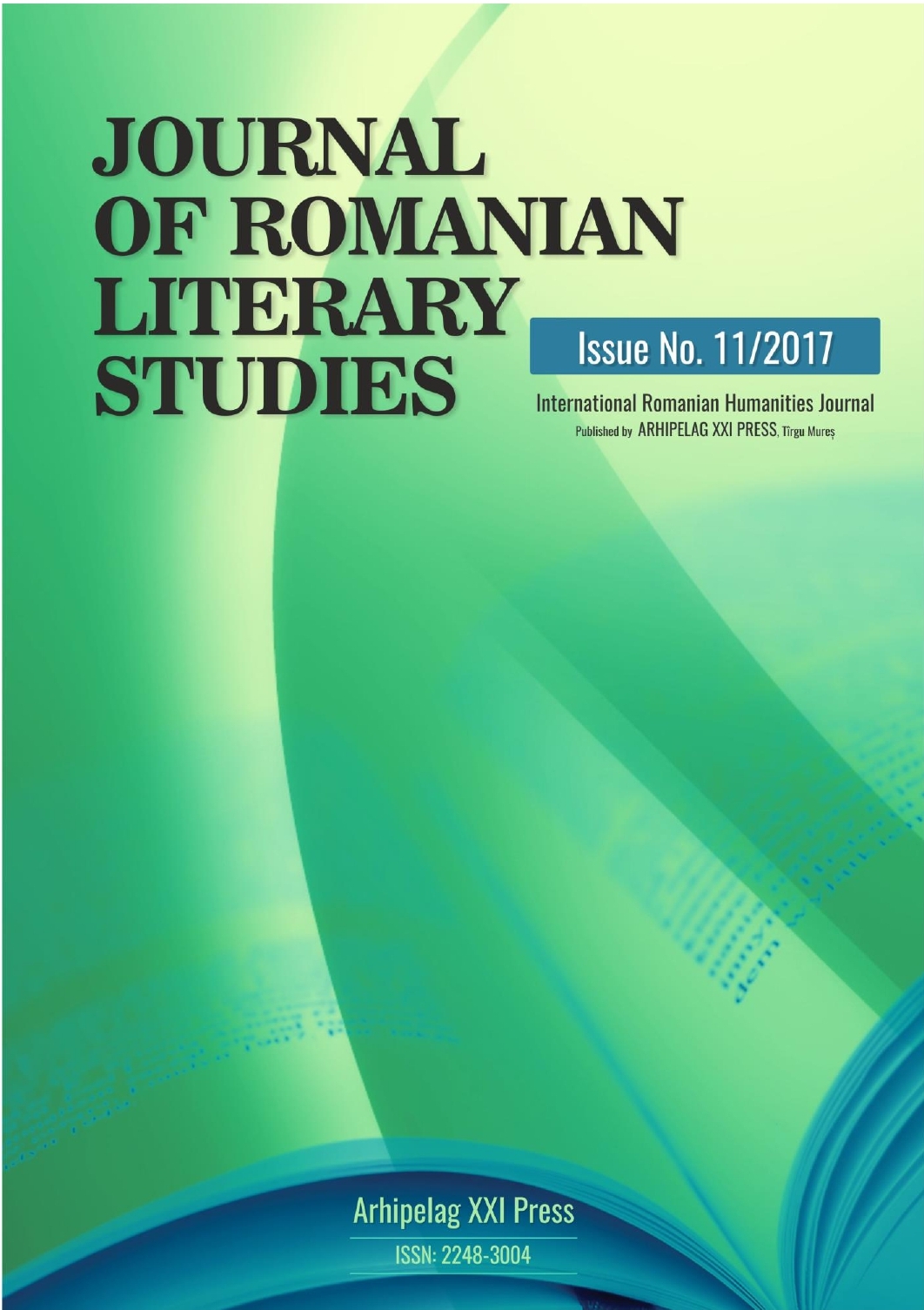SILENCE IN DIDACTICAL COMMUNICATION. NECESSITY AND MEANINGS
SILENCE IN DIDACTICAL COMMUNICATION. NECESSITY AND MEANINGS
Author(s): Larisa Ileana Casangiu, Adriana OlaruSubject(s): Language and Literature Studies, Education, Sociology of Culture, Present Times (2010 - today)
Published by: Editura Arhipelag XXI
Keywords: silence; didactical communication; meanings; necessity;
Summary/Abstract: This article aims to re-evaluate the valences of silence in the framework of the act of instruction, in the conditions in which there are only a few feeble studies on this particular aspect compared to the multitude of studies which focus on better communication in oral teaching. School, whatever the level, is a space in which we communicate, both vertically (teacher-student and student-teacher) and horizontally (student-student, and teacher-teacher), this fact being carried out both verbally, and especially non-verbally. However, effective oral communication is unthinkable in the absence of silence, interpreted either as active listening, or, diverse, considering the context of the associated gestures of the speakers and the cultural context in which it is taking place (the significant silence). Our approach on the perception of silence starts from general to particular, from a theoretical level to a specific and applicative one. We are presenting a set of reflections on silence, both from the folk and cult literature, as well as phrases (some idiomatic) relating to the act of silence, which we afterwards relate to situations which lead to the didactic process. We operate a terminological distinction between the silence and the quietness, also between silence and mutism. We seek to fructify the most popular and consistent studies available on silence and our personal teaching experience as well. In addition, following an experimental research carried out in May 2017, regarding the subjective meanings assigned by students to silence, within the framework of the teaching-learning process, we therefore present the results that we have reached and interpreted ourselves.
Journal: Journal of Romanian Literary Studies
- Issue Year: 2017
- Issue No: 11
- Page Range: 174-185
- Page Count: 12
- Language: Romanian

